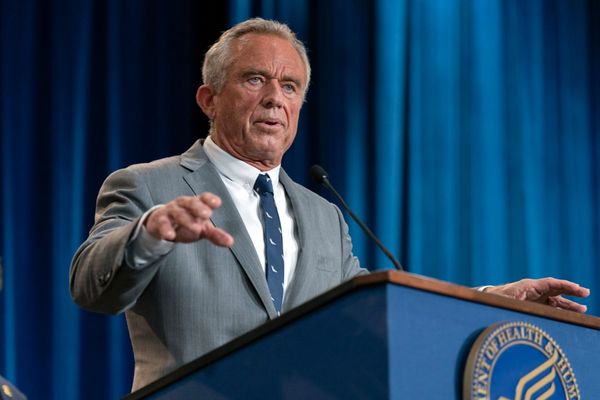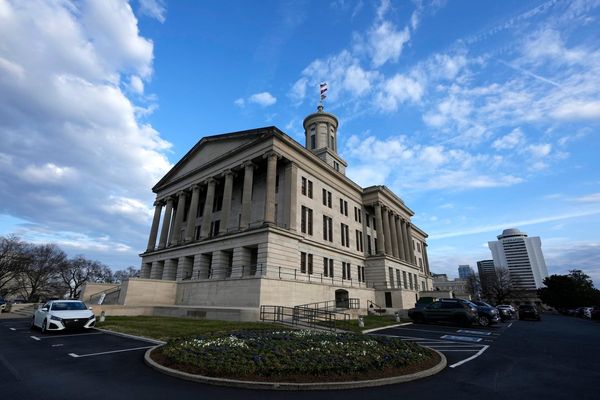When Kevin Maloney was diagnosed with leukaemia nine years ago he had one question for his doctor.
"I asked him, 'How long have I got?' And he said, 'Nine months.' That was it," he recalled.
Mr Maloney had a chance of surviving with a stem cell transplant and so decided to go ahead with treatment.
The now 76-year-old received stem cells from a donor to rebuild his blood and immune systems.
In many cases, transplants provide the best chance at survival, but it depends on finding a match among family members or a registry of donors.
Mr Maloney was lucky. As a white Australian, he was able to find a suitable donor and make a full recovery.
But his friend, a Māori rugby player, was not so fortunate.
"A good mate of ours called Peter Selby, despite having six siblings and four sons, couldn't get a match," he said.
"And when I was recovering from leukaemia, Peter contracted it.
"I had a stem cell [donor] and lived — he did not and unfortunately he died."
Mr Maloney's experience inspired him to establish a charity called Tackling Leukaemia, which raises awareness and increases donors among Pacific, Māori and Indigenous sporting groups.
Finding a 'tissue type match'
Australian Bone Marrow Donor Registry chief executive Lara Smith said patients were most likely to match with a donor with the same ethnic background.
"You need to have a donor who is a compatible match for your immune system, so that is called a tissue-type match," she said.
"If you are a Pacific Islander, you are much more likely to find your best genetic immune system match from a donor who is also a Pacific Islander."
Many diverse communities are under-represented in the donor registry, making it more difficult to find a match.
Experts in the field have for some time been calling for donor recruitment to better reflect Australian multiculturalism.
Globally, there are about 40 million donors, "of which … less than 1 per cent would be from a Pacific Island community," Ms Smith said.
"So, within Australia, we would probably be looking at only around ... maybe 5 per cent.
"We need to increase the diversity of the Australian donor pool to make sure that it matches the Australian patient population.
"The best way to do that is to make sure that we can increase the total number of donors that we can recruit within Australia."
Ms Smith added that about 80 per cent of stem cell donations in Australia came from overseas, particularly Germany, because the conditions for registering as a donor there were simpler, requiring little more than a cheek swab.
Rugby coach gets 'whole club' on board
Samoan-Australian rugby coach and community leader Lotu Aiuta said he decided to become involved in Tackling Leukaemia after his mother-in-law and another friend who was a rugby player were diagnosed with leukaemia.
"So it is massive, it is important to really donate, to help," he said.
With the help of Mr Maloney's charity, the 36-year-old Victorian encouraged most of his team to sign up, all doing cheek swabs.
"So the night that we did it, just on that one night from our club, we got 67 people," he said.
"So it is quite big. We got pretty much the whole club."
Reforms on the horizon
In Australia, people can register for stem cell donations only when they donate blood, and they must meet certain criteria, including being aged between 18 and 35.
A pilot project, the Strength to Give campaign, was launched through the registry to make it more accessible by using mouth swabs, like in overseas models. But that has now ended.
The Australian Bone Marrow Donor Registry has been calling on the government to change the way Australia recruits and tests donors to improve the domestic donor pool.
In a statement, a Ministry of Health spokesperson said the national donor pool was "unlikely to provide a suitable donor match for every Australian requiring a transplant" because the country's population was "relatively small".
However, a special advisory group has been established to reform donor recruitment practices, including implementing cheek swabs and donor recruitment strategies targeted at ethnically diverse donors.
"The Advisory Group will report to all jurisdictions later this year and a coordinated response and recommendations will then be presented to governments," the spokesperson said.
More funding needed
Tackling Leukaemia initially received funding through the Australian Bone Marrow Donor Registry but the charity has been told it will now have to pay for the swabs itself.
"We will have to, in the short term, find the funds for this processing at about $100 per donor," Mr Maloney said.
He said with more funding, the organisation could get more donors to sign up.
"If we could guarantee funding, we could set up groups like this in every state and possibly in Oceania," he said.
"And the only benefit is going to be at community level.
"We are going to get more stem cell donors, we are going to get more people who are afflicted with this terrible disease cured, and they will live."
Process akin to donating plasma
Ms Smith, from the Australian Bone Marrow Donor Registry, said in most cases donors no longer needed to have bone marrow extracted.
"The donation process involves a short course of injections over about four days … to stimulate your bone marrow to make lots and lots of blood stem cells," she said.
"And then you would sit in a chair and we would effectively filter those blood stem cells out of your blood … we take out the blood stem cells and we give back to you the rest of your blood.
"So it's kind of like a plasma donation or a dialysis if you are familiar with that."
She said bone marrow was only extracted in about 10 per cent of donations for sick babies.
Tackling Leukaemia is now planning to ask other clubs and the wider Pasifika, Māori and Indigenous communities to sign up to become donors.
"Our first foray was into the rugby clubs that we know and have great relationships within Victoria, but it is equally applicable in all of those other sports and in every other state," Mr Maloney said.
"And that's where we would like to see ourselves going.
"We will take anybody. We do not mind, because the more donors on the registry, the better."







